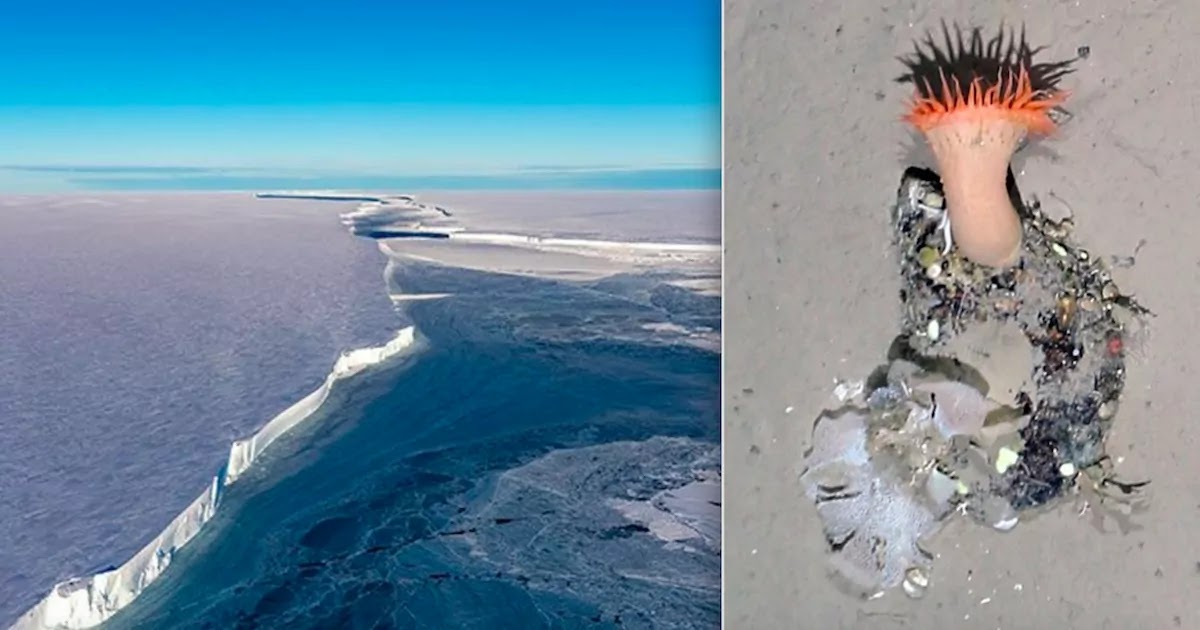
A team of German scientists have been able to carry out a survey of the seafloor in Antarctica and found it to be teeming with life.
The survey was made possible due to the breakaway of a huge piece of ice from the frozen continent, which allowed the scientists to observe the seafloor which had not been seen for at least 50 years.
The project was run from a ship, the RV Polarstern, which passed between the main-landmass of Antarctica at the Brunt Ice Shelf and the breakaway piece of ice, known as A74. A74 is regarded as a 'mega-iceberg'.
The team used specialist equipment and high-resolution cameras to film the perishing seafloor. They filmed filter-feeder creatures, which feast on tiny plankton, as well as anemones and crustaceans.
In total, 1,000 high-resolution images were captured over five hours using an Ocean Floor Observation and Bathymetry System (OFOBS).
Dr. Autun Purser, who was part of the expedition, told BBC News:
"There was quite a lot of life on every single rock that's fallen out of this iceberg over time, as every single piece of hard substrate on the seafloor was colonised by slow-growing sponges, bryozoans - filter-feeding animals for the most part. That was immediately visible as soon as we put the camera sled down. There's not much evidence of creatures living in the sediment - large creatures reworking the sediment. In the deep sea, you quite often see burrow structures. We didn't see very much of that under the ice."
Dr. Huw Griffiths from the British Antarctic Survey, said of the new images:
"What they have found isn't shocking but it is amazing to get these images so soon after a calving event and it is definitely the largest area that will have been surveyed in this way. Finding this kind of community this far under the ice shelf is not surprising but it is a good indication that there is a rich supply of food reaching at least 30km under the ice shelf. This food is produced by plankton in the sunlit sea surface nearby, then dragged under the ice shelf by the currents of the Weddell Sea. These same currents will eventually move the iceberg westward around the Weddell Sea and then northwards to its doom."
The piece of ice that broke away from the main continent of Antarctica is absolutely huge and could pose potential danger to ships in the area. Satellite measurements have shown that it measures around 500 square miles and is therefore almost the size of Greater London.

A seapig: These sea cucumbers were particularly abundant on the seafloor; OFOBS TEAM/AWI

A large sea anemone shares a 10cm rock with a number of small, encrusting creatures; OFOBS TEAM/AWI

A beautiful anemone. The red dots are laser beams spaced 50cm apart to help size objects; OFOBS TEAM/AWI
[h/t: BBC]














COMMENTS